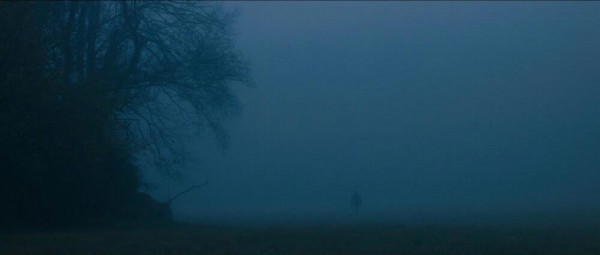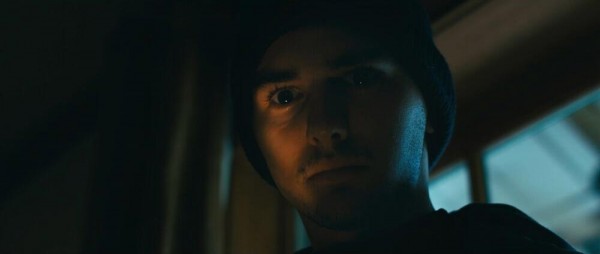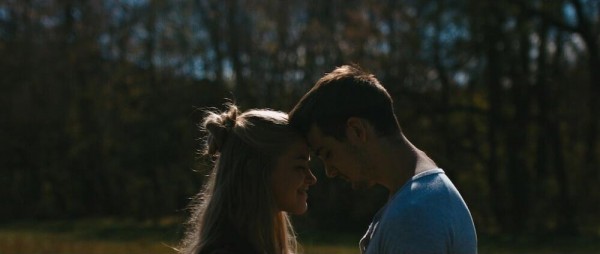Filmmaking is a storytelling process. But what do you do when you can’t find the right story to tell? Sometimes it’s just a matter of getting out there and letting the story come to you.
The Story…or Lack Thereof
As a filmmaker, there’s nothing more frustrating than feeling like you don’t have a story to tell. When I was a kid, this wasn’t a problem. Back then, I made movies for the pure joy of it. I wasn’t thinking ahead to the third act. The stories just happened, one moment after another.
My first feature film, After, came out in 2012, and since then, I’ve been writing scripts, optioning literary properties, etc., while waiting for the right doors to open.
I often say that IMDB doesn’t tell the whole story. It doesn’t show the work between the work, the unproduced projects waiting for a green light. And I have several of them, all projects I’ve spent blood, sweat, and tears on. By IMDB’s standards, they don’t deserve to be listed in my filmography, but they’re real to me.
The reality is that I spend a lot of time staring at a computer screen, writing, editing, or falling down endless click holes. And sometimes I need a change of pace. I’m a writer and a director, and that means I need to not only be writing films, but directing them. So, occasionally, if I’m feeling especially restless, I have to force myself to go out and tell a story with a camera instead of a keyboard.
But what if I don’t have a story to tell?
These days, I prefer to have everything planned out prior to a shoot, down to the minute details. But a few months ago, when I set out with the intention of creating something, armed only with a Blackmagic URSA, a dolly, and a couple friends, I had hit a wall creatively.
I had no ideas.
The Unknown
I believe that preparation is important, but sometimes it’s good to engage in exercises that let your instincts take over. In the case of the short film that became “The Debt,” this was essential, because, as I’ve mentioned, I had no ideas. I was a blank slate.
What I did have was a good location. As I drove out to my parents’ farm in Franklin, Tennessee, on that cold November morning, fog clung the grounds, lending a ghostly look to the property. As I looked out at one of the larger fields, an image came to me: a dark figure emerging from the fog. We can hear the crunch of boots in the cold grass.
Where was he going? And for what purpose? I had no idea, but I had a first shot. And that was enough for the time being.
I should note that at that point, I’d only tested out my URSA. I had never used it for an actual shoot. But in my tests I had found the settings I preferred, so when we arrived at the farm that morning, we were able to hit the ground running. The footage we captured was clean and crisp, despite the low light conditions.
Shooting on the fly also meant working with less gear than usual. For the sake of time, I made the decision to shoot with available natural light, and the URSA performed admirably. I shot in RAW 3:1, which is a slightly compressed RAW format, and gives you the benefits of RAW without eating up all your card space. And with no storyboards or shot list to guide us, there was no way of knowing how much we would need to film that day.
I just took it one shot at a time. The story was just happening, one moment after another.
The Aftermath
At the end of that day, we had something that resembled a story. I brought the footage back to my office, cut it up, and it became obvious that we needed some pickups to make it work. We went out the following week and shot a flashback scene and a few other inserts that helped tie the story together.
Once the additional footage was inserted and the edit was locked, I jumped over to Blackmagic’s DaVinci Resolve to grade the film. Resolve has become an invaluable part of my workflow (I use it on a daily basis). The color grade of a film has a tremendous emotional impact on the audience. In the case of “The Debt“, it was crucial to the story to show a juxtaposition between the past and the present. For the main character, the present is a place of grief and loss, a cold, blue shadow world without hope. The brief glimpses of the past, however, are warm and sun drenched.
While I don’t recommend this fly by the seat of your pants approach to filmmaking, it can be a good exercise as a director. It forces you to make decisions in the moment, and that’s always good practice, considering that directing is at least 50% problem solving.
So, if you’re in a creative rut, get out there and make a film, even if you don’t know where it’s headed. Because sometimes, just showing up is what counts.
Closing Thoughts
Shooting a film on the fly is not my preferred approach. But when I’m stuck in a rut, it’s a great way to kick start the creative part of my brain. Being out there on that morning in November, allowing my instincts to take over, reminded me that I love what I do. And just like that low hanging fog, my creative block eventually subsided.
(You can check out the finished short film below.)




1 Comment
I’m a planner, like you. And I agree that it does cause creative famine at times. But I also struggle with the dark and lonely writer’s room. It’s odd that a public performance must so often be crafted in solitude.